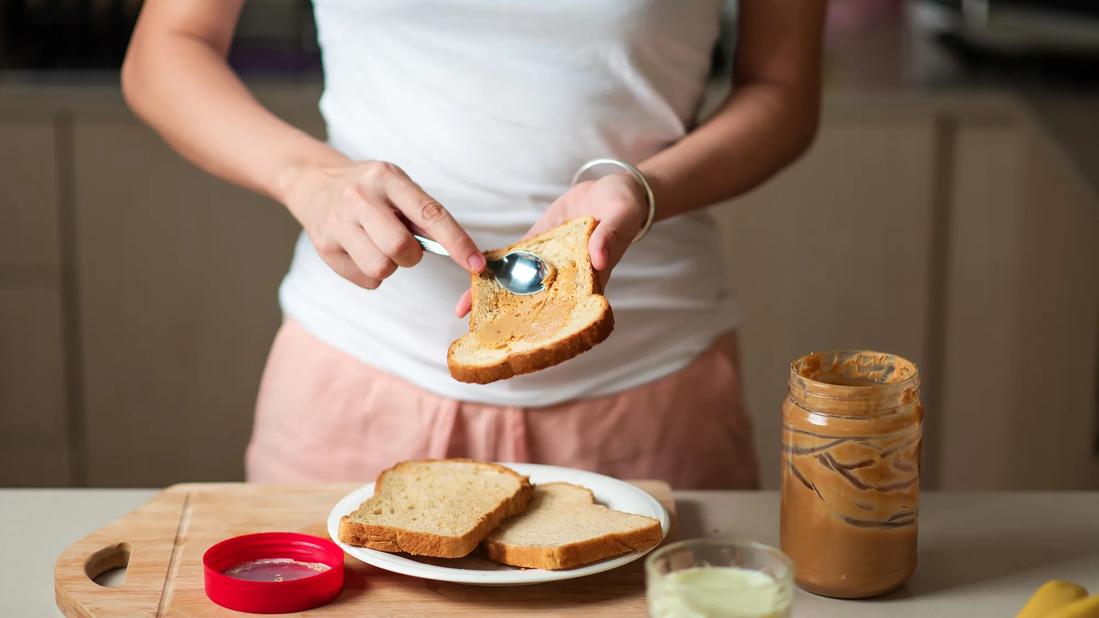How To Follow a Soft Food Diet
Choose foods that are low in fiber and easy to chew and swallow

There may be a time when you need to eat soft foods that are easy to digest. In that case, your healthcare provider may suggest following a soft food diet.
This typically means choosing foods that are free of nuts, seeds or skins — which can be tough for your digestive system to handle — and opting for foods that are soft, smooth and not too fibrous.
What is a soft food diet?
A soft food diet refers to food that is soft in texture, low in fiber and easy to digest. This way of eating is sometimes called a gastrointestinal (GI) soft diet. You want to choose foods that are easy to chew and swallow.
Who should follow a soft food diet?
Your doctor may recommend following a soft food diet in certain situations, including:
- Post-surgery, especially if you’ve had surgery (or radiation therapy) on your mouth, head, neck or stomach
- Digestive issues like irritable bowel syndrome (IBS), ulcerative colitis, diverticulitis or diverticulosis
- Difficulty swallowing (dysphagia)
“You’ll need to follow this diet for as long as your healthcare provider recommends,” says registered dietitian Julia Zumpano, RD, LD. “It could be for several weeks, days or months depending on the reason the diet was prescribed.”
Soft food guide
Though you’re limited on what to eat, the goal is to still follow a balanced diet. Use these guidelines to help you decide which soft foods to eat, unless your dietitian or healthcare provider gives you different instructions.
Foods to eat
When adhering to a soft diet, focus on the following foods:
- Protein like chicken, turkey, ground meats, tender cuts of beef and pork, fish, eggs, creamy nut butters and tofu
- Fruits like bananas, avocados, seedless melon, peeled apples, peaches and pears or fruit juice without pulp
- Vegetables like potatoes without skin, well-cooked or canned vegetables without skins or seeds, tomato paste, olives and vegetable juice
- Cereal and grains like dry or cooked cereals, white rice and pasta
- Breads like plain white bread, plain crackers and graham crackers
- Dairy like cow’s milk, nondairy milk, kefir, cheese and yogurt
- Desserts like plain ice cream, sherbet, pudding and gelatin
- Condiments like sugar, honey, jelly without seeds, mayo, smooth mustard and soy sauce
- Oils, butter, margarine, ground spices, herbs and salt
“If a certain food upsets your stomach or causes gas, avoid that food for a few days before you try it again,” advises Zumpano.
Foods to avoid
While you’re on a soft food diet, try to avoid:
- Tough fibrous proteins like meats with gristle, meat with casings (hot dogs, sausage and kielbasa), lunch meats with whole spices, shellfish, beans
- All nuts, seeds and chunky peanut butter
- Dried fruits, coconut, frozen or thawed berries, fruit juice with pulp and jams or jellies with seeds
- Raw or lightly cooked vegetables, including Brussels sprouts, broccoli, cabbage, onions, corn, dark leafy greens and pickles or sauerkraut
- Cereals and grains like bran cereals, granola, brown or wild rice, whole-grain pasta, barley, quinoa and popcorn
- Breads made with whole-grain flour, raisins, nuts or seeds
- Desserts made with nuts, dried fruits and fruits with seeds
- Whole spices like peppercorns, cloves, anise seeds and fresh herbs
- Carbonated beverages
“These foods can irritate your digestive system when it’s trying to heal or if it’s inflamed,” says Zumpano. “The goal of a soft diet is to provide foods that are easy to digest to allow the digestive system (from your mouth to your colon) to heal and rest while still providing you with good nutrition.”
Tips on how to follow a soft foods diet
While you’re on a soft food diet, Zumpano offers some additional advice:
- Pay attention to your fiber intake. Pick foods that contain less than 2 grams of fiber per serving. Once your symptoms resolve, begin to slowly add fiber-rich foods back into your diet. “Add one new food into your diet every two to three days to watch for gut upset,” suggests Zumpano.
- Focus on chewing. Chew all foods slowly to a mashed potato consistency. The more you chew your food, the easier it will be for your body to digest it.
- Eat throughout the day. Continue to eat every few hours during the day. You may feel more comfortable eating four to six meals daily rather than three large meals.
- Stay hydrated. Drink at least eight cups of fluid every day. “You can count pudding, ice cream, sherbet, frozen fruit pops, soup and gelatin as fluids,” says Zumpano.
Bottom line?
If you need to follow a soft food diet, remember that it’s only temporary. While the goal is to still eat a well-balanced diet during this time, a soft food diet may be low in some nutrients because of the foods restricted.
“A multivitamin or fortified nutrition drink may be needed if you’re told to follow this diet for more than two to three weeks,” says Zumpano. “Talk to your medical team before taking any vitamin or mineral supplements.”